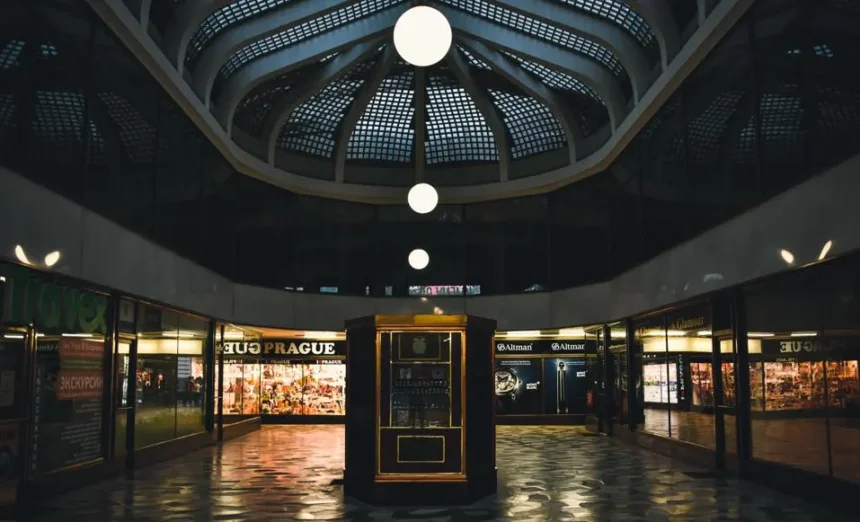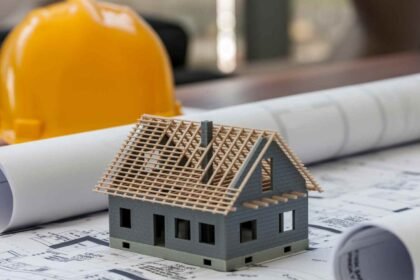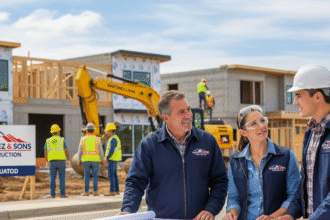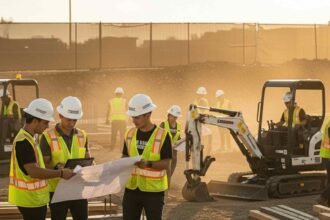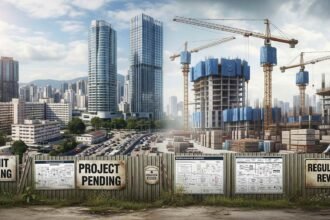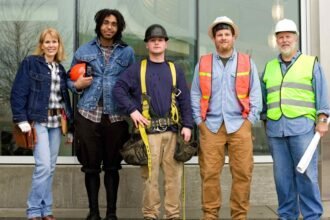In Windsor, Connecticut, a long-empty office building is set to hold 300 apartments. Developers bought the property and plan to reuse much of the frame while adding new apartment blocks and a few shops. The building had stood unused since the 1980s. Local rule changes cleared the way for housing on the site.
In San Jose, California, four vacant office blocks are being turned into about 320 apartments. The project, called City View Plaza, also includes new retail space, upgraded streets, and public areas. It is one of the largest conversions underway in the Bay Area.
Towers With a New Life
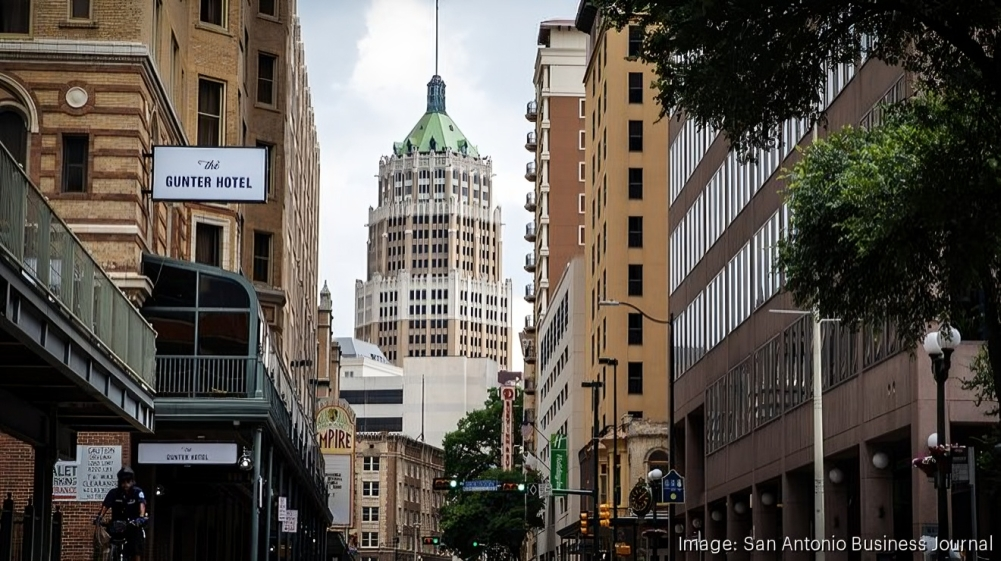
In downtown San Antonio, the Tower Life Building is being redone as 243 apartments. The plan also calls for restaurants and shops on the lower floors, with outdoor decks and gardens open to the public. Work is expected to finish in 2026.
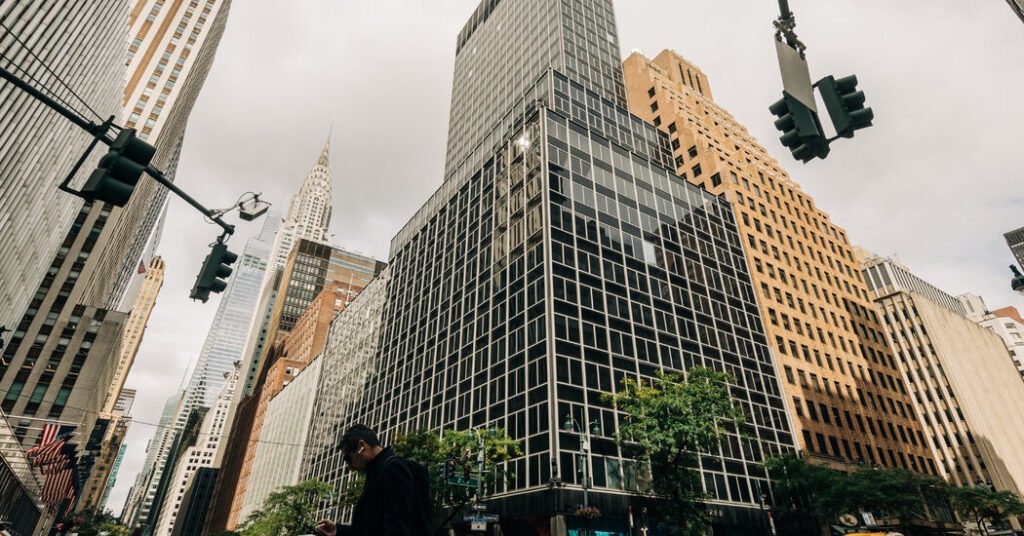
In New York, a building on East 42nd Street will soon have 135 rental units where there used to be mostly offices. A portion of the tower will stay as retail and office space, and around one-fifth of the new apartments will be set aside at lower rents through a tax program.
The Real Reason Behind the Shift
Remote and hybrid work have left thousands of desks unused. At the same time, online shopping has cut deeply into foot traffic for malls and big box stores. Many cities are short on housing, and the cost of building new towers from the ground up is steep. Using what’s already built is faster, cheaper on land, and brings life back into quiet city blocks.
What Keeps These Projects Alive
Conversions do best in areas with buses, trains, and nearby services. Cities that adjust zoning codes, offer tax relief, or make permits easier to get see more projects move forward. Keeping parts of the old buildings, like stone fronts or classic windows, can also help the public accept the change. Flexible layouts, where a mix of homes, shops, and offices can fit, tend to last longer.
The Hard Parts Nobody Talks About
Older towers and malls were not designed for living spaces. Deep floor layouts often mean rooms without enough daylight. Plumbing and electrical systems usually need full replacement. Codes in some districts still block housing, which slows projects and adds cost. Another sticking point is rent: the expense of reworking these buildings often leads to high prices, leaving fewer truly affordable options.
A Glimpse of Tomorrow’s Cities
More projects will likely blend homes, schools, shops, and play spaces into the same block. Old malls, idle offices, and empty plants are all being eyed for new uses. Cities that rewrite their zoning, cut red tape, and provide steady support will set the pace. Many builders are also holding onto historic details, turning past landmarks into new addresses.
Empty malls and office towers no longer stand only as reminders of what was lost. With enough effort and support, they can serve new needs. Redone as homes, schools, or gathering places, they give old bricks and steel a fresh role in city life.
Image Credit – forbes.com


